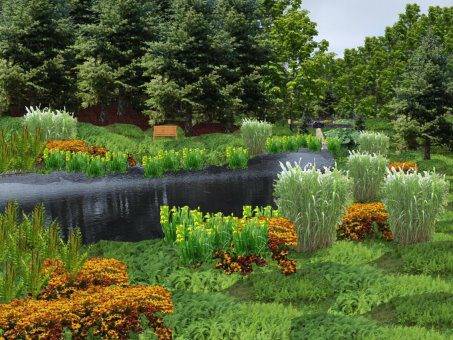When we think of autumn, the first image that comes to mind is colorful leaves falling from the trees. Leaves, however, aren’t the only thing falling in the fall. This is the season of the nut as well, and many species of wildlife rely on nuts for survival.
Nuts are produced exclusively by deciduous trees and shrubs. Peanuts are not true nuts, they are legumes that grow underground, and pine nuts are technically edible seeds. The botanical term for nuts is “hard mast,” as opposed to “soft mast” like berries and other fruit. Just like soft mast, nuts are formed when the blooms of trees and shrubs are fertilized by wind or by pollinating animals.
Nuts are high in carbohydrates, protein and fat, and also contain the seed of the plant. The carbs, protein and fat lure hungry wildlife in fall looking to fatten up for migration, for hibernation, or to build up a reserve for the oncoming winter. Animals consume the nut and then plant the seed in their droppings or by caching nuts and forgetting about them, allowing the seeds to germinate and form new plants.










